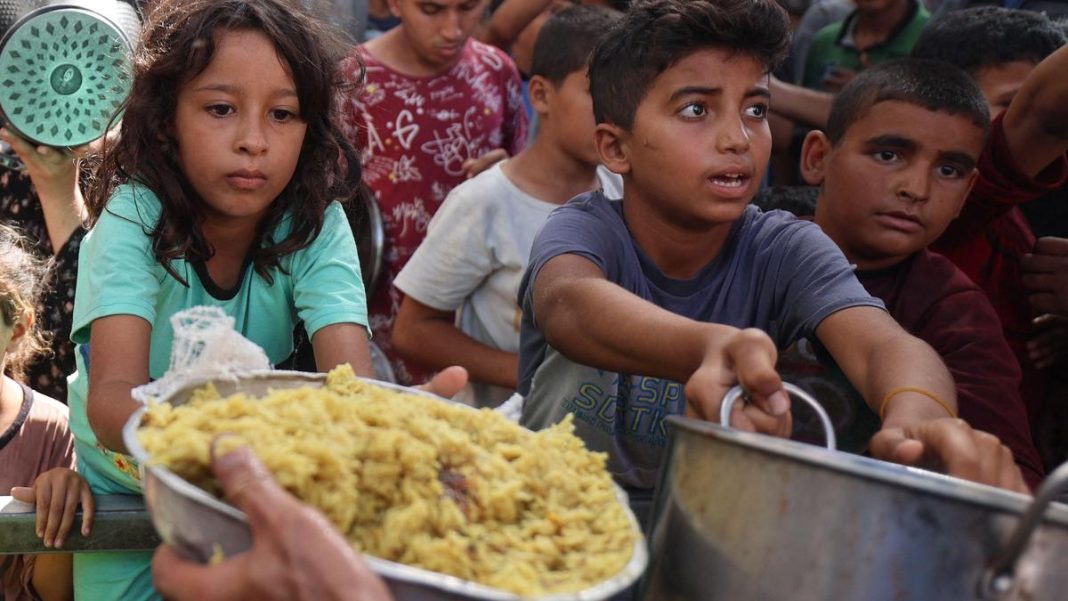Key Takeaways
- Over two-thirds of bacterial samples from Gaza’s main hospital show multidrug resistance
- Study reveals 90% resistance to common antibiotics in wound infections
- Healthcare collapse and targeted attacks create perfect storm for superbug spread
- Researchers warn resistant organisms could spread beyond Gaza’s borders
A new study in The Lancet Infectious Diseases reveals a alarming health crisis in Gaza: multidrug-resistant bacteria are proliferating among wounded patients, creating a new threat for the already devastated population. Tests at al-Ahli hospital show over two-thirds of bacterial samples resist multiple antibiotics.
Ballistic and Crush Trauma Driving Resistance
Research on 1,317 samples collected last year found multidrug resistance in over two-thirds of pus, wound swabs, and urine specimens. The study authors note this reflects “the overwhelming burden of ballistic and crush trauma” from ongoing conflict.
Dominant bacteria include Pseudomonas aeruginosa, Staphylococcus aureus, Klebsiella, and Escherichia coli – all known to cause serious illnesses. Alarmingly, two-thirds of all bacterial isolates showed multidrug resistance.
“We found high resistance among Enterobacterales spp. isolates, with more than 90% of wound isolates resistant to amoxicillin-clavulanate, cefuroxime, and cefotaxime. Resistance to ceftriaxone and ceftazidime was also alarmingly high in wound isolates,” the paper reported.
Healthcare System Collapse
Gaza’s healthcare infrastructure has been systematically devastated. Since October 2023, only one microbiology service center remained functional – a small laboratory at Al-Ahli Arab Hospital running on generators.
According to WHO data, Israel carried out 498 attacks on healthcare facilities between October 2023 and July 2024. The UN Commission of Inquiry reported 747 deaths and 969 injuries in these attacks, with 110 facilities affected and 500 medical staff killed.
Children Particularly Vulnerable
Medical professionals reported treating children with direct gunshot wounds, indicating targeting of minors. The UN noted children represent most patients treated for trauma injuries.
“Children were operated on without preoperative and post-operative care, increasing the risk of wounds becoming infected, including by insects and parasites, resulting in complications and, in some cases, death,” the report stated.
Dr. Bilal Irfan, a study coauthor, emphasized: “A major finding is that about 76% of that sample did come from blast- or trauma-related injuries, which speaks to the volume of blast-related injuries coming from the Israeli military assault on Gaza.”
True Scale Unknown
Researchers acknowledge they’re only seeing part of the picture. Dr. Irfan told The Guardian: “We don’t even know the true scale because of the destruction of almost all the laboratories and the killing of a lot of the medical staff.”
Al-Ahli Hospital struggles with increasing admissions, limited sterile supplies, and inadequate antibiotics. The study also noted that long-term sheltering of displaced families outside hospitals likely contributed to disease transmission.
Global Health Threat
The authors warned that without immediate action, these resistant organisms could spread internationally. They called for ceasefire advocacy and coordinated antibiotic supply through WHO.
“If protection of Palestinian health facilities, antibiotic supply pipelines, and functional laboratories are not secured soon, the resistant organisms documented here will probably disseminate far beyond Gaza’s borders,” the paper concluded.




